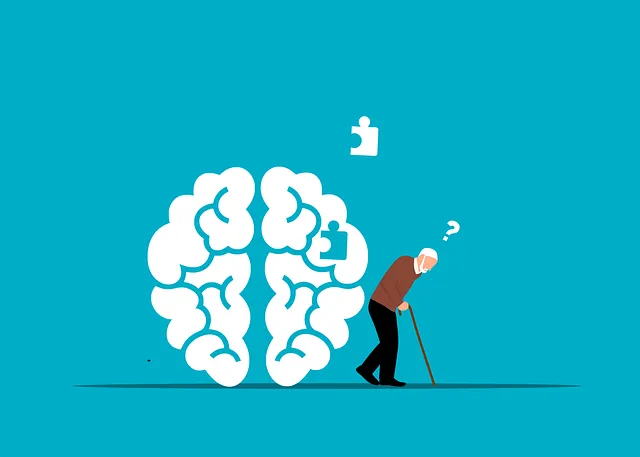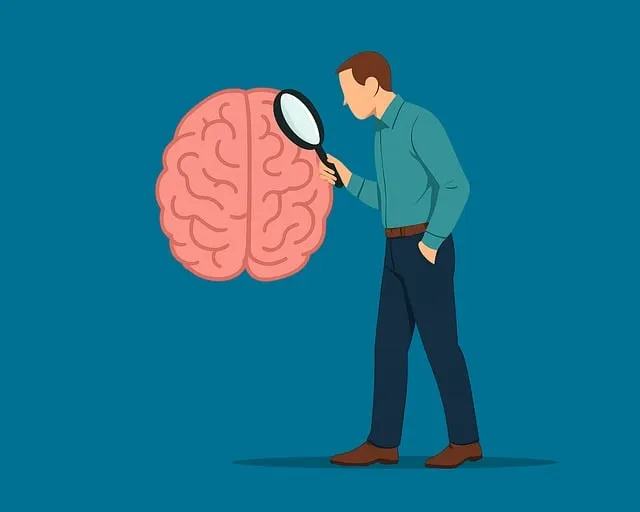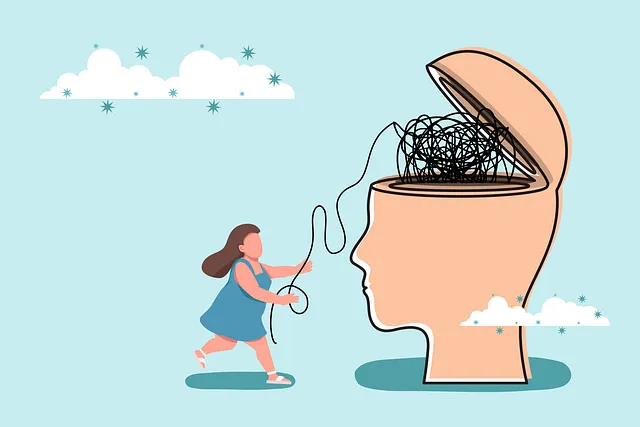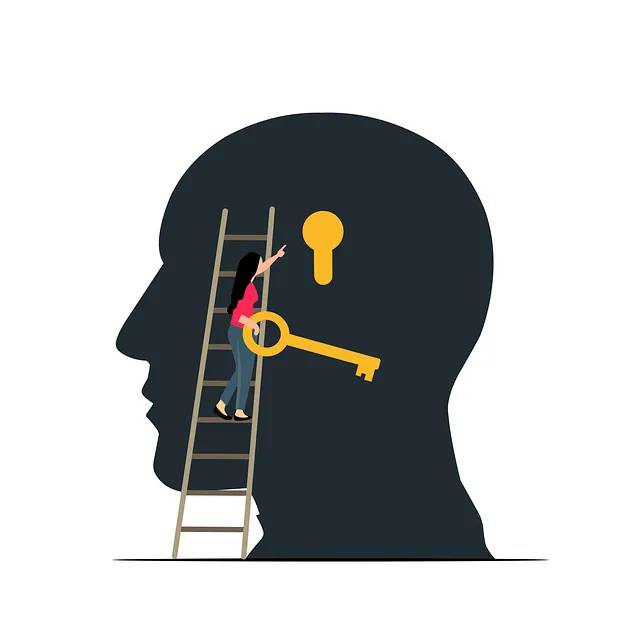When designing a mental health education program, start by assessing your community's unique needs via research and data, such as student surveys, identifying areas like stress and anxiety. Set clear SMART goals like "Develop a Self-Care Routine" to guide content. Incorporate resources like the Boulder Kaiser Permanente behavioral health number for support. Tailored programs addressing diverse audiences' needs—from teens to professionals—with culturally sensitive content, build resilience and coping mechanisms.
In today’s fast-paced world, mental health education is more crucial than ever. This comprehensive guide explores the design of an effective program, from Assessing the Need and Defining Goals to Curriculum Development and Implementation Strategies. We delve into key aspects such as understanding societal demands, identifying diverse audiences, setting measurable objectives, and incorporating evidence-based practices. Furthermore, we discuss Evaluation, Feedback, and Continuous Improvement techniques, emphasizing the importance of data-driven refinement, including tools from Boulder Kaiser Permanente’s behavioral health services.
- Assessing the Need and Defining Goals
- – Understanding the importance of mental health education in today's society
- – Identifying target audiences and their specific needs
Assessing the Need and Defining Goals

When designing a mental health education program, the initial step is to assess the need within your specific community or organization. This involves understanding the local context, identifying risk factors, and recognizing existing resources, such as nearby support groups or healthcare facilities like the Boulder Kaiser Permanente behavioral health number. By conducting thorough research and gathering data, you can pinpoint areas where education and intervention are most needed. For instance, analyzing survey results from a local high school might reveal elevated levels of stress and anxiety among students, signaling a strong need for programs focused on stress management and empathy building strategies.
Defining clear goals is paramount in this process. Goals should be specific, measurable, achievable, relevant, and time-bound (SMART). Incorporating keywords like Self-Care Routine Development for Better Mental Health can help guide the program’s content, ensuring that participants gain practical skills for maintaining their well-being. Additionally, setting goals related to empathy building strategies can foster a more supportive and understanding environment, which is crucial for addressing mental health challenges effectively.
– Understanding the importance of mental health education in today's society

In today’s fast-paced and often stressful world, mental health education has emerged as a vital component in fostering well-being and resilience among individuals. The need for comprehensive programs that address mental wellness is more pronounced than ever, especially with increasing awareness about the prevalence of mental health disorders. Organizations like Boulder Kaiser Permanente behavioral health number play a significant role in promoting mental health literacy by providing accessible resources and support.
By integrating education on positive thinking, trauma support services, and risk assessment for mental health professionals, these programs empower individuals to recognize and manage their mental health effectively. This proactive approach not only helps prevent the onset of severe conditions but also equips people with tools to navigate life’s challenges more successfully. Mental health education is no longer a luxury; it’s an essential step towards creating a healthier, more supportive society.
– Identifying target audiences and their specific needs

In designing a mental health education program, identifying the target audience and understanding their unique needs is a fundamental first step. The program should cater to individuals from diverse backgrounds, ages, and with varying levels of mental health literacy. For instance, a program tailored for high school students will focus on building resilience and coping mechanisms, while one aimed at working professionals might emphasize stress management and work-life balance. Boulder Kaiser Permanente’s behavioral health number serves as a community resource, highlighting the importance of accessible and tailored support.
Targeting specific demographics allows for the incorporation of relevant, culturally sensitive content. For example, incorporating compassion cultivation practices can resonate with individuals seeking to enhance their relationships and overall well-being. Alternatively, risk management planning for mental health professionals is crucial for ensuring practitioners have the tools to navigate complex cases and protect themselves from burnout. By addressing these specific needs, the program becomes more engaging and effective in promoting mental health awareness and improvement.
Mental health education programs, like those designed by Boulder Kaiser Permanente’s behavioral health team, are essential in today’s society. By understanding the unique needs of diverse audiences, these initiatives can foster a culture of open dialogue and resilience. Leveraging resources such as the behavioral health number makes it possible to reach and support individuals in need effectively. In summary, investing in mental health education is a crucial step towards building healthier communities.



